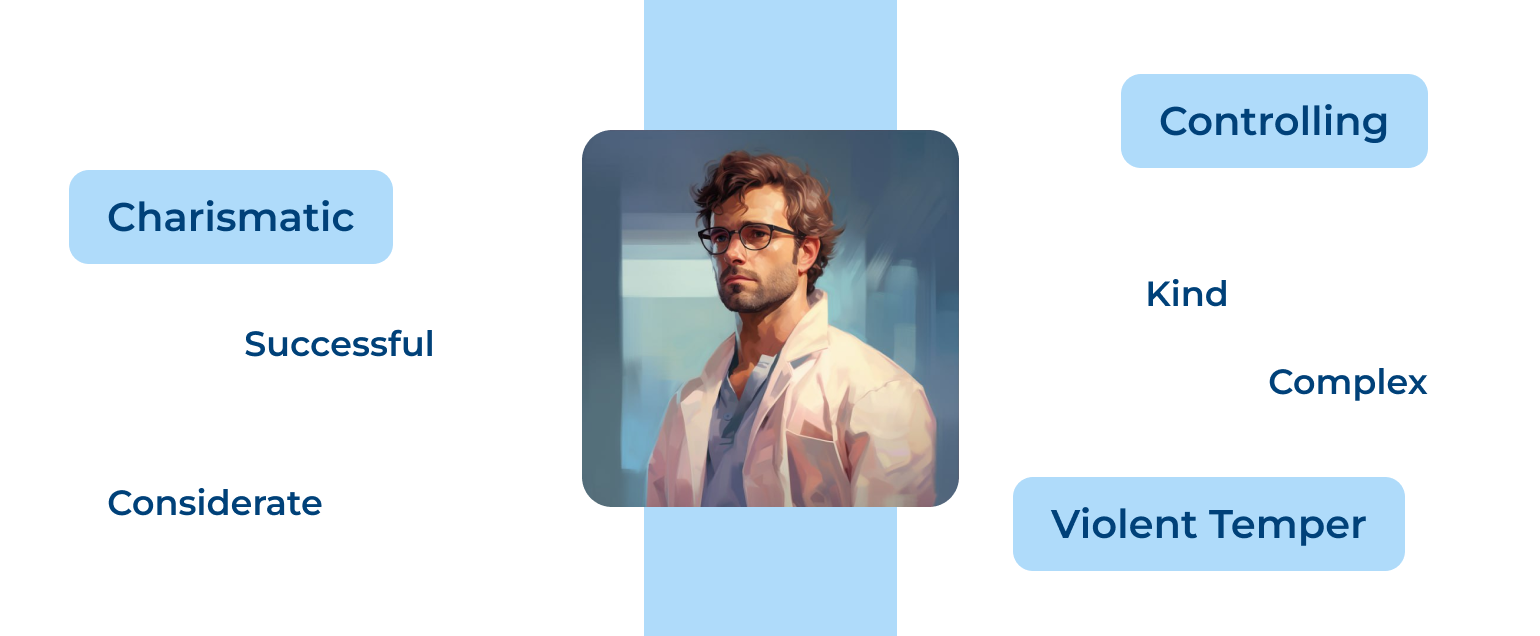Unveiling the Heartbreak: A Deep Dive into "It Ends With Us" and the Fate of Ryle Kincaid
Related Articles: Unveiling the Heartbreak: A Deep Dive into "It Ends With Us" and the Fate of Ryle Kincaid
Introduction
With enthusiasm, let’s navigate through the intriguing topic related to Unveiling the Heartbreak: A Deep Dive into "It Ends With Us" and the Fate of Ryle Kincaid. Let’s weave interesting information and offer fresh perspectives to the readers.
Table of Content
Unveiling the Heartbreak: A Deep Dive into "It Ends With Us" and the Fate of Ryle Kincaid

Colleen Hoover’s "It Ends With Us" has captivated readers worldwide, leaving them emotionally invested in the complex and often tumultuous relationship between Lily Bloom and Ryle Kincaid. The novel’s gripping narrative and raw portrayal of love, loss, and the enduring scars of trauma have sparked numerous discussions, particularly concerning the fate of Ryle, a character whose actions raise crucial questions about love, forgiveness, and the potential for redemption.
Exploring the Central Question: Does Ryle Die in "It Ends With Us"?
The question of Ryle’s demise is not explicitly answered in the novel. However, Hoover leaves readers with a lingering sense of ambiguity, prompting a multitude of interpretations and sparking fervent debates among fans.
The Evidence and Its Interpretation:
- The Ambiguous Ending: The final scene depicts Lily leaving the hospital after a traumatic event, leaving Ryle’s fate unclear.
- Ryle’s Injuries: Ryle’s injuries are severe, and his future is uncertain. The novel’s ending leaves room for speculation about his recovery.
- Lily’s Decision: Lily’s choice to leave the hospital without waiting for news about Ryle’s condition fuels the ambiguity, suggesting she has made a conscious decision about her future, potentially leaving Ryle behind.
The Significance of the Unanswered Question:
The novel’s ending, while leaving Ryle’s fate ambiguous, serves a powerful purpose:
- Amplifying the Theme of Trauma: Ryle’s actions, driven by his own past trauma, highlight the complex interplay between love, abuse, and the potential for healing.
- The Power of Choice: Lily’s decision to leave the hospital, despite her love for Ryle, emphasizes the importance of self-preservation and choosing a path towards healing.
- The Enduring Impact of Abuse: By leaving Ryle’s fate open-ended, Hoover underscores the lasting impact of abuse and the challenges of forgiveness.
Delving Deeper: Related Searches and FAQs
Related Searches:
- It Ends With Us Ryle’s Fate: This search reflects the reader’s desire for definitive information about Ryle’s outcome.
- Does Ryle Die in It Ends With Us Book: This search directly addresses the question of Ryle’s demise, highlighting the reader’s curiosity about his fate.
- It Ends With Us Ending Explained: This search seeks to unravel the complexities of the novel’s conclusion, including the implications of Ryle’s fate.
- It Ends With Us Ryle’s Trauma: This search explores the impact of Ryle’s past experiences on his actions and relationship with Lily.
- It Ends With Us Lily’s Choice: This search focuses on Lily’s decision-making process, particularly her choice to leave Ryle at the hospital.
- It Ends With Us Book Review: This search seeks an overall assessment of the novel, often including analysis of the ending and its impact on readers.
- It Ends With Us Colleen Hoover: This search aims to learn more about the author and her work, potentially seeking information about the inspiration behind the novel.
- It Ends With Us Book Club Questions: This search focuses on facilitating discussions about the novel, often including questions about Ryle’s fate and its significance.
FAQs:
- Does Ryle Die in It Ends With Us? As mentioned earlier, the novel does not provide a definitive answer, leaving the reader to interpret Ryle’s fate.
- What Happens to Ryle in It Ends With Us? Ryle sustains severe injuries, and his future is uncertain. The novel’s ending leaves his fate open to interpretation.
- Is Ryle a Good Guy in It Ends With Us? Ryle’s character is complex and multifaceted. While he is capable of love and affection, his actions are often driven by his own trauma, making him a flawed but ultimately human character.
- Why Does Lily Leave Ryle in the Hospital? Lily’s decision to leave Ryle is driven by a combination of factors, including her desire to protect herself and her growing awareness of the unhealthy patterns in their relationship.
- Does It Ends With Us Have a Happy Ending? The novel’s ending is bittersweet. While Lily finds a sense of peace and healing, Ryle’s fate remains uncertain, leaving readers to contemplate the enduring impact of their relationship.
Tips for Understanding the Ending:
- Consider Ryle’s Trauma: Ryle’s actions are often rooted in his past experiences. Understanding his trauma can shed light on his behavior and the challenges he faces in seeking help.
- Focus on Lily’s Journey: The novel follows Lily’s journey of self-discovery and healing. Her choices and decisions reflect her growth and resilience.
- Embrace the Ambiguity: The novel’s open-ended conclusion is intentional. It encourages readers to reflect on the complexities of love, forgiveness, and the enduring impact of abuse.
- Engage in Discussion: Discussing the novel with others can offer different perspectives and insights, enriching your understanding of the ending and its significance.
Conclusion:
"It Ends With Us" is a powerful novel that explores the complexities of love, trauma, and forgiveness. While the fate of Ryle remains ambiguous, the novel’s open-ended conclusion serves a profound purpose: to highlight the enduring impact of abuse, the importance of self-preservation, and the challenges of finding healing and redemption. By leaving the reader with questions and prompting reflection, Hoover encourages a deeper understanding of the complexities of human relationships and the enduring power of choice.








Closure
Thus, we hope this article has provided valuable insights into Unveiling the Heartbreak: A Deep Dive into "It Ends With Us" and the Fate of Ryle Kincaid. We thank you for taking the time to read this article. See you in our next article!